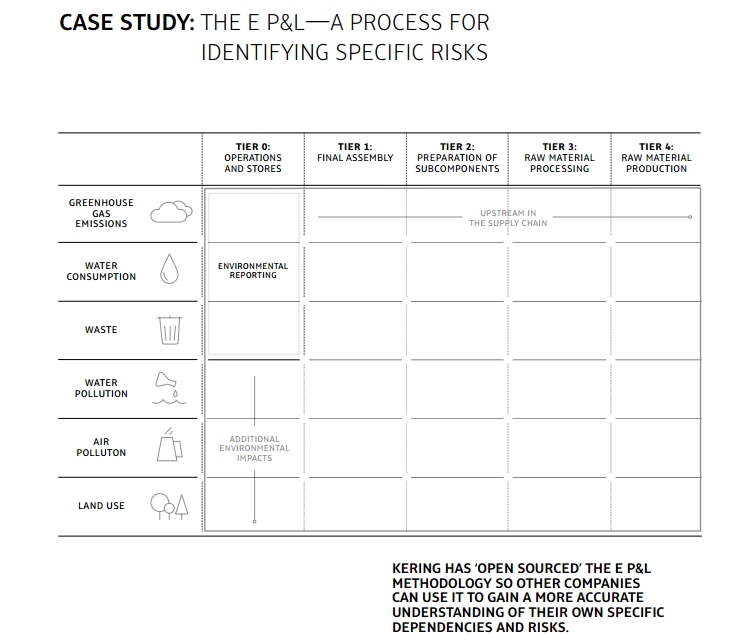All businesses must prepare for and combat the effects of climate change. The implications of the climate change on the luxury fashion. Report
Kering, the Luxury group, and BSR (Business for Social Responsibility), the global non-profit business network and consultancy dedicated to sustainability, published a pivotal report on climate change for the fashion industry.
According to the Carbon Disclosure Project (CDP), around 50% of an average corporation’s carbon emissions come from the supply chain, and where the Luxury sector is concerned the majority of these emissions can occur in raw material production and the initial processing stages. Furthermore, Luxury fashion companies can be exposed to additional risks in their supply chains due to climate change that are beyond the typical risks of other sectors.
“Given the luxury sector’s reliance on high-quality raw materials, we must understand the potential vulnerabilities that climate change will pose to them and be proactive in building resilience across our supply chains,” said Marie-Claire Daveu, Chief Sustainability Officer and Head of international institutional affairs, Kering, “In fact, implementing an ambitious climate strategy at a company level is non-negotiable. By doing so, businesses will have opportunities to reduce risk and deliver against their business goals, while at the same time making significant contributions to the environment and society more broadly.”
On top of potential transport and delivery disruption, resource scarcity, and the challenges of social change, the Luxury sector has particular sensitivities to climate change. This is mainly because of its reliance on high quality raw materials that come from production systems that are limited geographically and that are particularly vulnerable to climate variations. As such, the report focuses on key strategic raw materials for the Luxury sector and provides a summary of an in-depth analysis on the current and future climate risks for cotton, cashmere, vicuna, silk, beef and calf leather, and sheep and lamb leather.

Additionally, the report highlights how to build resilience in supply chains through a focus on both enhanced efficiency and innovative approaches to raw material production with actions and solutions that are already available for businesses. Key outcomes and learnings from the report include:
- Companies need to understand their supply chains and focus on supporting production systems for their raw materials, that will be more resilient in the face of the shocks and volatility brought on by climate change;
- Both the quantity and quality of raw materials will be increasingly affected by the impacts of climate change, leading to significant business risks;
- Climate change will affect many of the key production regions for luxury raw materials with some geographies being more vulnerable than others;
- Raw materials that are geographically restricted, such as vicuna, are particularly vulnerable;
- Decline in the productivity of raw materials will have serious consequences for small holder producers and their communities;
- Solutions at the base of the supply chain can deliver a multitude of social, environmental and business benefits.





